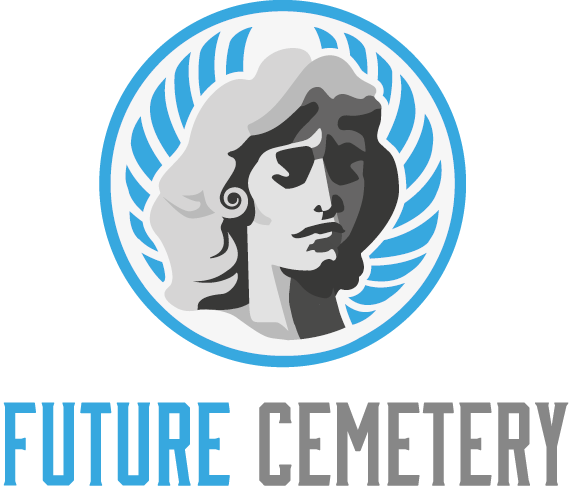Cemetery Design involves working with unique areas that must be developed in a responsive manner. Careful analysis of these hard-to-develop areas can yield productive results that enhance the overall experience.
In recent times, the architecture of cemeteries has reflected a shift towards minimalism and sustainability. This has been influenced by the movement toward green burials and a desire for more natural landscapes.
Master Plan
The master plan is the road map that provides a clear vision for a cemetery. It guides short and long term development and provides an opportunity to balance project costs with revenue and expand inventory based on need. A master plan is the first step to creating an aesthetically pleasing, respectful and attractive cemetery that attracts customers.
WC Fry Design works with a wide range of religious cemeteries, working within their unique, traditional settings to create master plans, extensions and new sections. The project is guided by leadership, stakeholders and the community, which allows for a broad range of options to be explored including: Develop new full body lots in limited areas, continue second full body burials in sold lots, introduce cremated remains interment, enhance arrival areas, reclaim land for pathways and roads, move a materials yard, renovate historic buildings and expand the memorial garden area. The final plan will improve operational sustainability, increase onsite visitor experience and celebrate the historical significance of the site.
Landscape and Architecture
Once the site map is determined, space planning and design begins to take shape. Cemeteries should be designed to make good use of their land, creating beautiful vistas and incorporating spaces for remembrance and farewell. This means ensuring that gravesites are properly sized and that the layout is functionally efficient.
A cemetery should also feature beautiful landscaping that draws people into the space. A well-planned landscape will create a natural area dotted with cremation rocks and plaques, as well as scenic vistas that incite rumination on the connections between life and death, nature and the cosmos.
Similarly, a cemetery should have proper drainage systems so that water doesn’t pool on the property. This can help prevent flooding and protect the integrity of the cemetery’s buildings and plots. Additionally, it’s important to ensure that the cemetery has sidewalks and wheelchair-accessible paths throughout the grounds. This will allow people of all ages and abilities to enjoy the beauty of the cemetery.
Accessibility
As society progresses towards inclusivity, it is important that Cemetery Design embrace these values and prioritize accessibility for all visitors. Accessibility can be accomplished through the implementation of wayfinding signage and a thoughtful layout of spaces that promote efficiency and comfort.
Another key component of Cemetery Design is circulation. Circulation involves mapping out spaces based on their intended use and movement patterns, as well as the site’s physical features and relationships to one another. Considering these factors ensures that all areas of the Cemetery are easily accessible to its visitors and allows for flexibility to accommodate future needs.
Gravestone inscriptions are deeply personal, and can include names, dates, and meaningful quotes. Incorporating these elements into your cemetery design can help create a unique ambiance and tell the story of your loved ones. Make sure that any inscriptions are installed in accordance with your Cemetery’s guidelines, as there may be restrictions on what can be written.
Marketing
Cemeteries offer a unique service to families during one of the most difficult times in life. Marketing in this industry requires an empathetic approach and creative strategies that connect with consumers on a deeper level.
Space planning is an important element of cemetery design that involves mapping out spaces based on their intended use, movement patterns and relationships to each other. It also considers the site’s physical features and landscape elements, as well as cultural influences.
To upsell customers, cemetery businesses can incorporate testimonials and stories from satisfied clients into their online marketing content. This allows them to establish trust with prospective buyers and make them feel comfortable entrusting their loved ones’ final resting places with their company. Additionally, it’s vital to pay attention to website speed and ensure that pages load quickly and work on all screen sizes. Otherwise, you risk losing potential customers to competitors who have a faster page load time. Mimicry is a common phenomenon in nature, and it’s often seen in online marketing, where companies mimic each other’s keywords, outlines, and tone.
